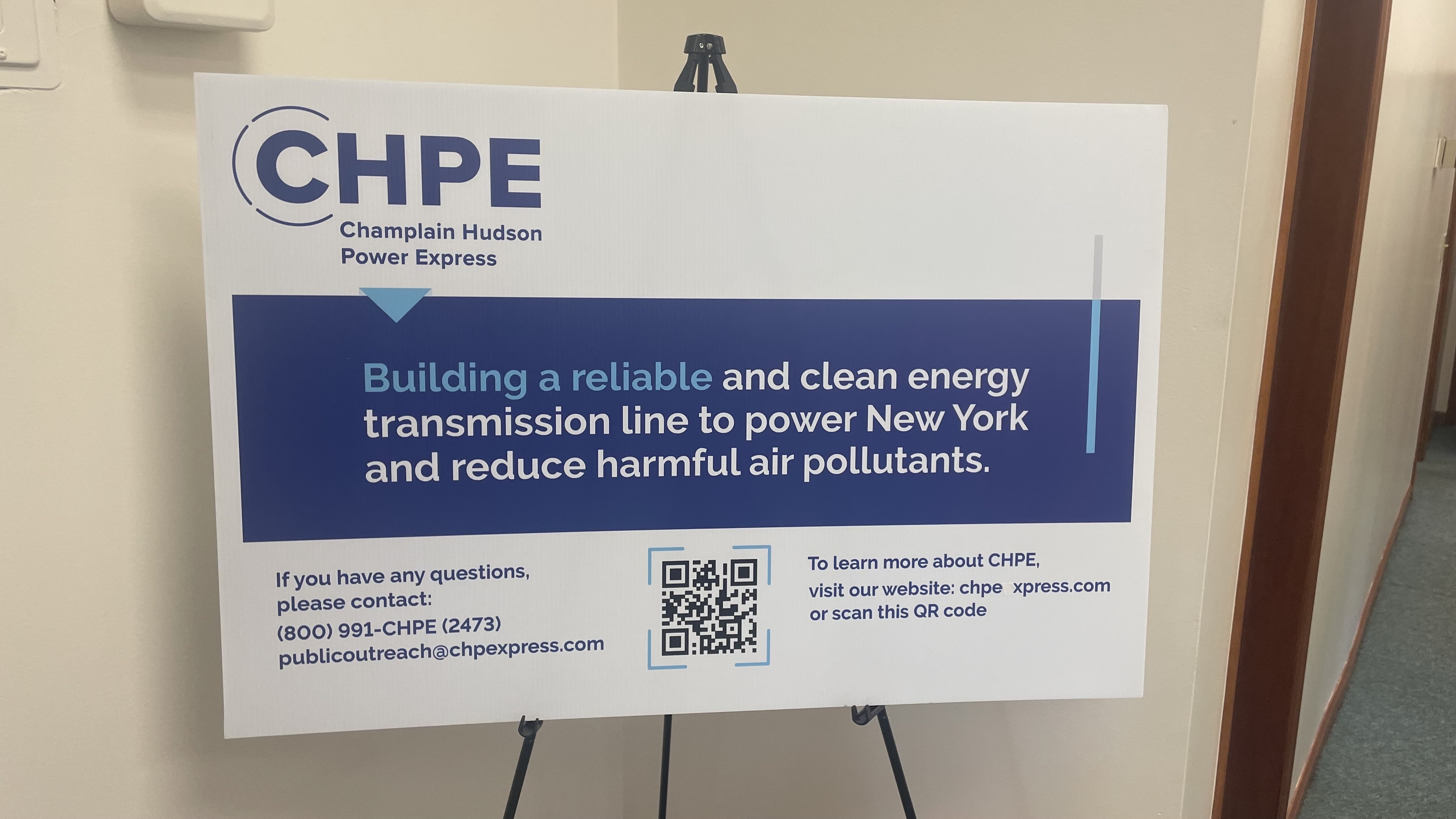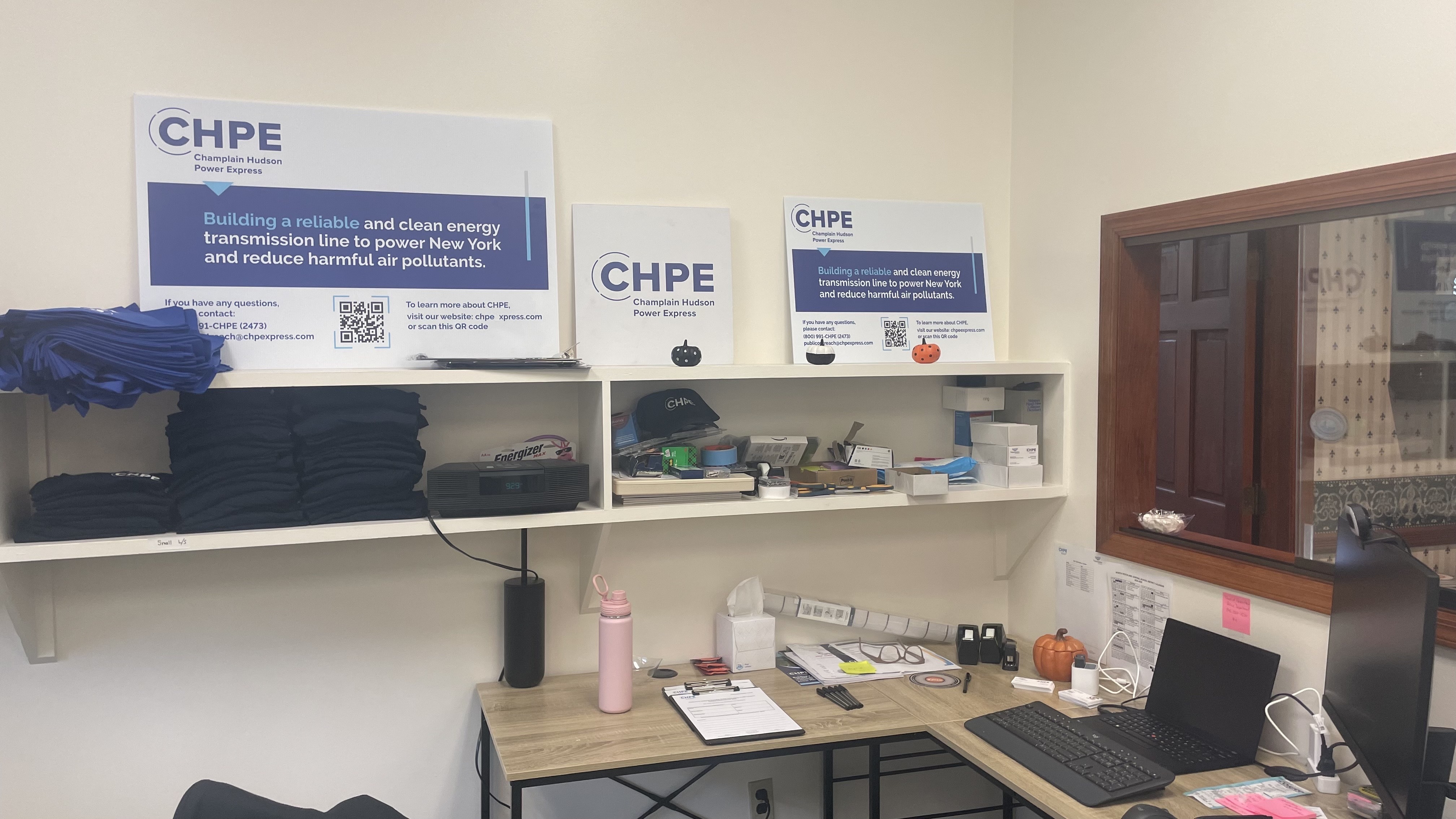
Haverstraw, NY – The Champlain Hudson Power Express (CHPE) has opened a new office in Rockland County, providing a dedicated resource for local residents and business owners to learn more about the project. The office, located at 1 Railroad Square in Haverstraw, officially opened its doors on Tuesday, September 17th, and will be open weekdays from 8:30 a.m. to 5:30 p.m.
The office was opened to address concerns and dispel any potentials rumors that may have circulated since the project was greenlighted by New York State, and initiated by CHPE. Construction is currently underway in locations such as the intersection of Route 9W and Route 210 in Stony Point.

The new office will serve as the main point of contact for community members who want to ask questions, voice concerns, or get updates on the project’s progress.
Since kicking off construction in Rockland, CHPE’s activities in Rockland County have picked up pace, with the project slated for completion in May 2026. In an effort to expedite the construction process and minimize traffic disruptions, crews will work around the clock, including overnight in certain areas.
In addition to the new Haverstraw office, CHPE added that it maintains a 24-hour toll-free hotline (800-991-CHPE) and an email address (publicoutreach@chpexpress.com) to address any community inquiries.
Huge Project Spans from Quebec to New York City
The CHPE project spans 339 miles, with an underground and underwater transmission line that will bring hydropower from Québec to New York City. The company is promising significant environmental and economic benefits, including reducing climate emissions and air pollutants while lowering electricity generation costs by an estimated $17 billion over the first 25 years of operation.



CHPE is said to also aiming to bring economic advantages to local communities, generating $3.5 billion in economic benefits, 1,400 jobs during the construction phase, and a commitment to using union labor. The project will boost tax revenue across 73 municipalities and 59 school districts in New York, contributing $1.4 billion in incremental funding over the next 25 years.
